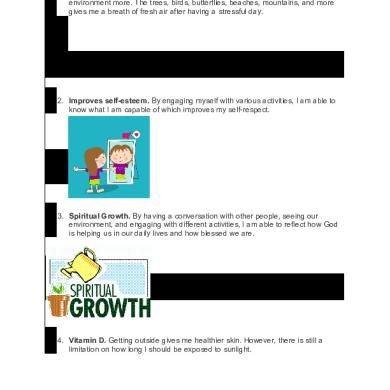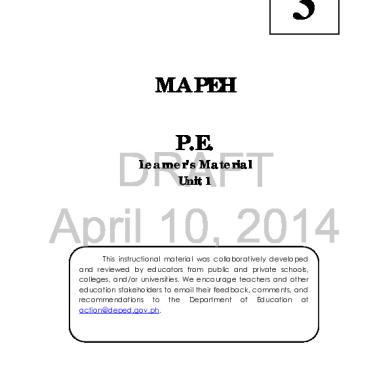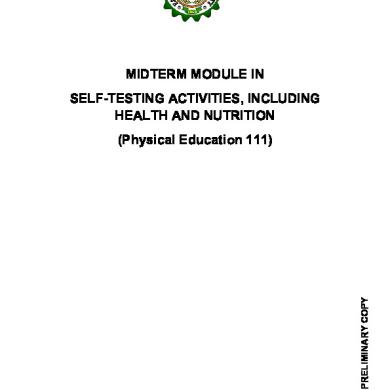* The preview only shows a few pages of manuals at random. You can get the complete content by filling out the form below.
Description
ENRON SCANDAL PRESENTED BY: 190630107083- ADITI NAIR 190630107089- ARPIT PANCHAL 190630107109- DHRUVIL PATEL 190630107110- DISHA PATEL 190630107128- KRISH PATEL 190630107140- NEEL PATEL
ENRON CORPORATION • Enron Corporation was an American energy, commodities, and services company based in Houston, Texas. • It was founded in 1985 as a merger between Houston Natural Gas and InterNorth, both relatively small regional companies. • Enron employed approximately 20,000 staff and was one of the world's major electricity, natural gas, communications and pulp and paper companies. • Fortune named Enron "America's Most Innovative Company" for six consecutive years.
RISE OF ENRON • In the early 1990s, he helped to initiate the selling of electricity at market prices, and soon after, the United States Congress approved legislation deregulating the sale of natural gas. The resulting markets made it possible for traders such as Enron to sell energy at higher prices, thereby significantly increasing its revenue.
• As Enron became the largest seller of natural gas in North America by 1992, its trading of gas contracts earned $122 million, the second largest contributor to the company's net income.
RISE OF ENRON (CONTINUE)
• Enron's stock increased from the start of the 1990s until year- end 1998 by 311%, the stock increased by 56% in 1999 and a further 87% in 2000. • By December 31, 2000, Enron's stock was priced at $83.13 and its market capitalization exceeded $60 billion, 70 times earnings and six times book value. • Between 1996 and 2000, Enron's revenues increased by more than 750%, rising from $13.3 billion in 1996 to $100.8 billion in 2000.
ENRON SCANDAL • The Enron scandal, publicized in October 2001, eventually led to the bankruptcy of the Enron Corporation and the de facto dissolution of Arthur Andersen • Enron was cited as the biggest audit failure. • When Jeffrey Skilling was hired, he developed a staff of executives that - by the use of accounting loopholes, special purpose entities, and poor financial reporting - were able to hide billions of dollars in debt from failed deals and projects.
ENRON SCANDAL (CONTINUE)
• Chief Financial Officer Andrew Fastow and other executives not only misled Enron's board of directors and audit committee on high-risk accounting practices, but also pressured Arthur Andersen to ignore the issues. • Enron shareholders filed a $40 billion lawsuit after the company's stock price, which achieved a high of US$90.75 per share in mid-2000, plummeted to less than $1 by the end of November 2001. • Its complex business model and unethical practices required that the company use accounting limitations to misrepresent earnings and modify the balance sheet to indicate favorable performance.
CAUSES OF DOWNFALL 1. BEYENYE BESOGNITION
• Although other trading companies used the conventional "agent model" for reporting revenue (where only the trading or brokerage fee would be reported as revenue), Enron instead selected to report the entire value of each of its trades as revenue. • Between 1996 and 2000, Enron's revenues increased by more than 750%, rising from $13.3 billion in 1996 to $100.8 billion in 2000. This extensive expansion of 65% per year was unprecedented in any industry, including the energy industry which typically considered growth of 2-3% per year to be respectable.
2.MARK TO MARKET ACCOUNTING • Enron became the first non-financial company to use the method to account for its complex long-term contracts. Mark-to- market accounting requires that once a long-term contract was signed, income is estimated as the present value of net future cash flow. Often, the viability of these contracts and their related costs were difficult to estimate. • While using the method, income from projects could be recorded, although they might not have ever received the money, and in turn on the book increasing financial earnings.
3. SPECIAL PURPOSE ENTITIES • In total, by 2001, Enron had used hundreds of special purpose entities to hide its debt. • Enron's balance sheet understated its liabilities and overstated its equity, and its earnings were overstated. • Notable examples of special purpose entities that Enron employed were JEDI, Chewco, Whitewing, and LJM.
4. FINANCIAL AUDIT • Enron's auditor firm, Arthur Andersen, was accused of applying reckless standards in its audits because of a conflict of interest over the significant consulting fees generated by Enron. • During 2000, Arthur Andersen earned $25 million in audit fees and $27 million in consulting fees. • The accountants searched for new ways to save the company money, including capitalizing on loopholes found in Generally Accepted Accounting Principles (GAAP), the accounting industry's standards.
AFTERMATH • Enron's shareholders lost $74 billion in the four years before the company's bankruptcy. As Enron had nearly $67 billion that it owed creditors, employees and shareholders received limited. • In May 2004, more than 20,000 of Enron's former employees won a suit of $85 million for compensation of $2 billion that was lost from their pensions. From the settlement, the employees each received about $3,100. • Hearings and the corporate scandals that followed Enron led to the passage of the Sarbanes-Oxley Act on July 30, 2002.













